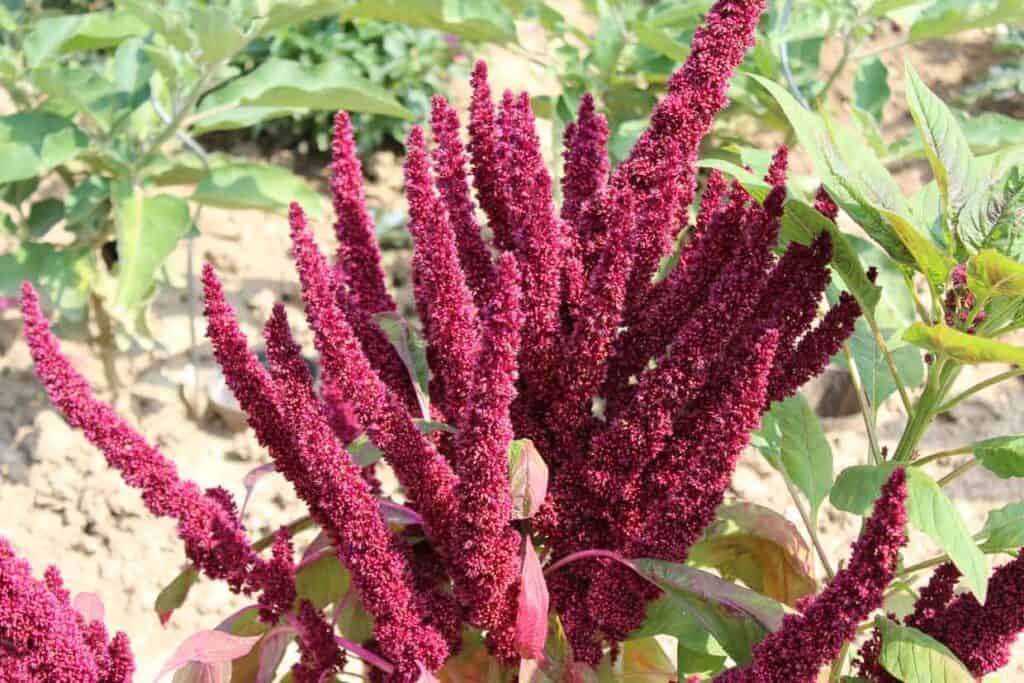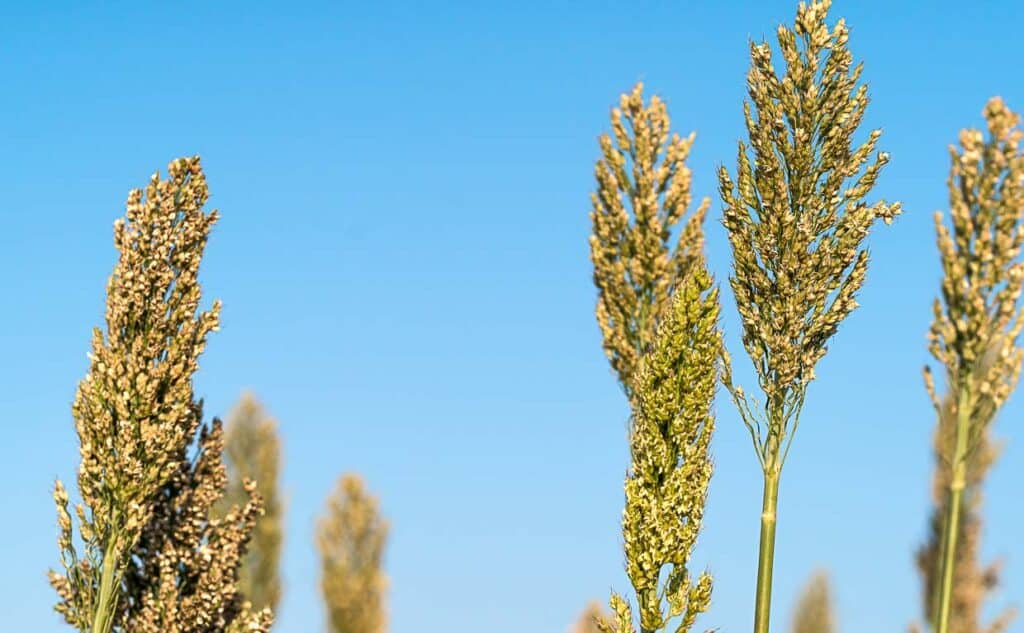You may have heard the term ancient grains before, but do you know what it means? This article will walk through the world of ancient grains, sharing what they are and how people around the world use them.

Ancient grains are a group of grains and cereals cultivated for thousands of years and have remained largely unchanged. Unlike many modern grains that have undergone extensive breeding and modifications, these grains have not undergone any sort of modifications.
They are called ancient because humans have consumed them for millennia and still enjoy them today. They’re also often associated with traditional diets from various cultures around the world. These grains are gluten-free and valued for their nutritional benefits, including high levels of vitamins, minerals and fiber and for their unique flavors and textures.
Favorite ancient grains
Some of the most popular ancient grains can be found in common grocery stores, often in the natural food section. Cooking instructions vary by grain and recipe. According to the Oldways Whole Grains Council, each grain has unique nutritional advantages.
Quinoa: Quinoa is highly valued for its protein content, including all nine essential amino acids, making it a complete protein source. Quinoa is versatile and can be used in salads, soups or as a side dish.
Buckwheat: Despite its name, buckwheat is completely gluten-free and unrelated to wheat. It’s known for its unique, bold flavor and various health benefits, including high protein levels, fiber and essential minerals. Buckwheat can be enjoyed as groats, flour or noodles, like soba, offering a versatile base for a range of dishes from hearty porridges to gluten-free baked goods and savory pancakes.

Amaranth: Rich in fiber, protein and micronutrients like magnesium and iron, it can be popped like popcorn, cooked similarly to rice or used in baking. This is one versatile grain. A bonus point about this grain is that you can grow it at home in your flower garden.
— Anne Mauney, MPH, RD, fANNEtastic food
“My favorite ancient grains are farro and barley. They are both rich in fiber, and I especially love their chewy texture, which makes them a great addition to salads and soups.”
Farro: Known for its nutty flavor and chewy texture, farro is rich in fiber, protein and antioxidants. It’s a versatile side dish that can be made into soups, salads and risottos and served alongside main dishes such as crispy pork chops.
Teff: The smallest of all grains, teff is a staple in Ethiopian cuisine, where it’s used to make “injera,” a sourdough-risen flatbread. Injera is served flat on a plate, and various dishes are spooned over the top of the bread. Teff is high in protein, calcium and iron.
Spelt: An ancient wheat variety with a slightly sweet and nutty flavor. Spelt is used in bread, pasta and cereal products. It’s richer in minerals and vitamins than modern wheat.
Millet: Gluten-free and rich in fiber and antioxidants, you can cook millet like rice, use it in porridge, or add it to baked goods. These little round seeds are often used on top of seven-grain bread.
Kamut: Also known as Khorasan wheat, kamut is larger and has more protein than modern wheat. It has a rich, buttery flavor and is used in bread, pasta and cereal.
Barley: This is one of the oldest cultivated grains, highly cherished for its versatility, nutty flavor and health benefits. It’s rich in fiber, vitamins and minerals, making it great for heart health and digestion. Cook some up and top a fresh salad like this arugula salad with it.
“I love buckwheat. As someone who is gluten-free, I love using buckwheat flour in baking. It can definitely be an acquired taste, but even for people who don’t like it or are just interested in trying it out, it’s perfect in chocolate recipes. The cocoa powder covers up the earthy flavor. I’ve been using it in my brownies for 10 years, and this is the first time anyone has ever known that they’re gluten-free, much less made with buckwheat.”
— Erin Dooner, Texanerin Baking

Sustainability of ancient grains
Ancient grains have survived and thrived for millennia without fertilizers and excess water use. Farmers are planting them to move towards biodiversity and away from the monoculture of wheat, rice and corn. Often, their deep roots break up soil and release nutrients naturally as they decompose, building soil health.
Exploring ancient grains is a smart choice for anyone looking to enhance their diet with nutritious and versatile options. These grains, such as barley, farro and buckwheat, offer a range of health benefits and can easily be incorporated into daily meals, from breakfast porridges to hearty dinner salads. They’re not only a step towards healthier eating but also a way to add variety to your cooking with their unique flavors and textures.
Adopting ancient grains into your meals is straightforward and beneficial, providing a boost of nutrition and a taste of tradition. Whether experimenting with different grains to find your favorite or incorporating them into familiar recipes, these ancient staples are a great addition to any kitchen, promoting wellness and environmental sustainability.
Laura Sampson of Little House Big Alaska is on a mission to teach modern family-oriented home cooks how to make old-fashioned foods new again. She shares her passion for home cooking, backyard gardening and homesteading on her website and blog.
Disclaimer: These statements have not been evaluated by the Food and Drug Administration. The contents of this article, made available via Food Drink Life, are for informational purposes only and do not constitute medical advice. The Content presented here is not intended to be a substitute for professional medical advice, diagnosis, or treatment. Always seek the advice of a qualified healthcare provider with any questions you may have regarding a medical condition or dietary changes. Reliance on any information provided by this article is solely at your own risk.